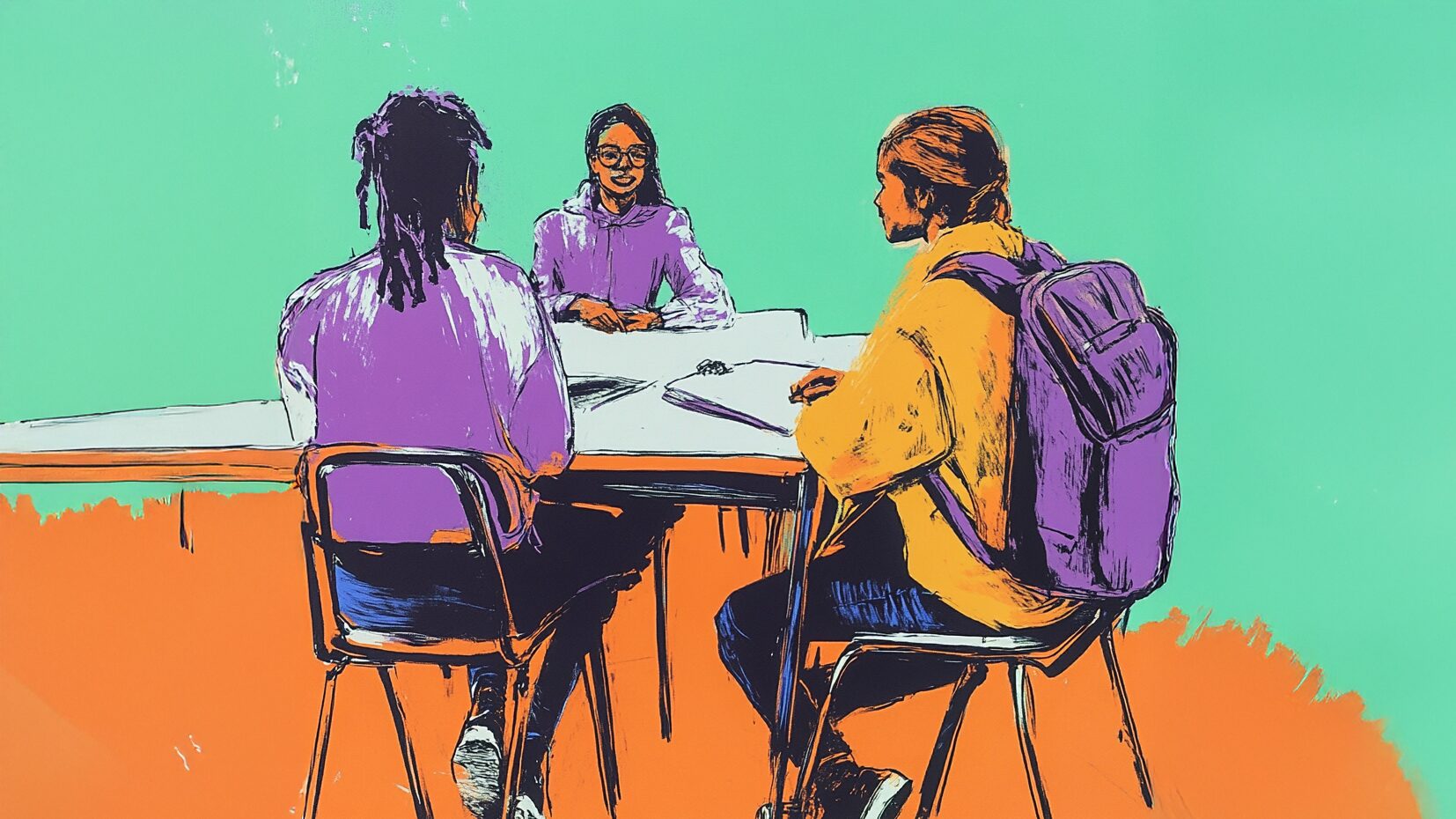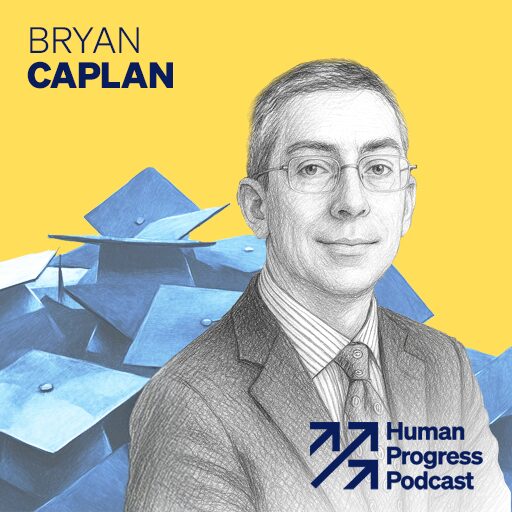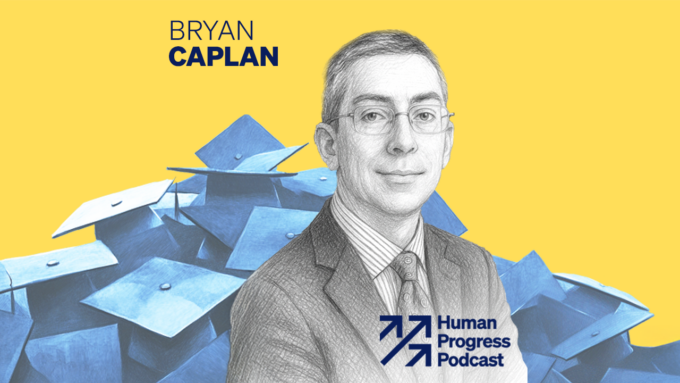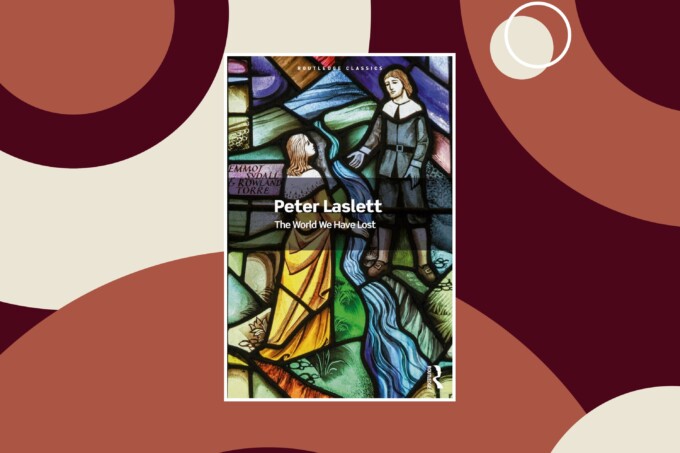Great strides have been made on many fronts when it comes to global education. In 2000 the average child went to school for 7 years. By 2010 it was over 8 years. Literacy rates have gone up from 76 percent to 81 percent over the same period. Millions of children are in school and learning. But, clearly, more progress is needed. Over 617 million children and adolescents are not achieving minimum proficiency levels in reading and mathematics. Globally, 330 million children are in school, but they are not learning. Some 263 million children are not in school at all.
Sub-Saharan Africa is particularly deficient when it comes to provision of quality education. But innovative policies are spreading throughout the continent, with dramatic effect. Liberia, for example, is the fourth poorest country in the world and has a literacy rate of less than 50 percent. The majority of children are out of school, with a 43 percent net attendance ratio according to UNICEF, indicating the percentage of those eligible to attend primary school, and who actually do so within that group.
So, rather than settle for incremental improvements, the country is trying to leapfrog forward. A few years ago, a public private partnership between the Ministry of Education and non state operators saw the establishment of seven independent school providers, who are running a small number of state elementary schools. These partners are a mix of non-profit and for-profit outfits.
One of the seven school operators helping Liberia is Bridge. Bridge equips local teachers with quality lesson plans via a digital e-reader device. These are given to every teacher working in a school run by Bridge. Teachers are following the digital lesson guides and systematically working their way through the local Liberian national curriculum. The technology enables Bridge staff in Monrovia to monitor the progress of children’s learning, check student and teacher attendance, and give highly accurate reports of what’s happening in the classroom to the Ministry of Education. Parents and teachers up and down the country have been embracing this new approach and are seeing dramatic changes in the speed, quantity and quality of learning.
A gold standard independent evaluation of the program by the Centre for Global Development and Innovations Poverty Action showed that schools being used to trial the new policies had seen learning improvements of 60 percent in a single academic year. That’s the average across all seven school operators. At Bridge public schools, the study showed, students learnt twice as fast as their peers in neighborhood schools. The focus on learning outcomes rather than access as a success benchmark is a notable shift taking place in the global education eco-system and one that resonates in Liberia.
These schools have experienced such an acceleration in learning that the newly elected government has given the go-ahead for the pilot program to continue into the next academic year with a few modifications. As the education minister Professor Ansu D.Sonii says, it will ensure that “the significant learning gains delivered under the program could be maintained.”
More than that, the Liberian Ministry for Education is already starting to roll-out across the whole education system some of the policies that have been tested successfully in the pilot program, like a longer school day. At present, normal government elementary schools only run until noon. But from next academic year they will continue until 3pm, as in the schools run by the program partners. The pilot program has shown that this extended day really is having a positive impact.
So far these improvements to basic education have cost the Liberian government very little – generally having relied on the commitment of generous donors for financing. For example, Bridge’s work in Liberia has cost the government $0 U.S. dollars over the last two years. The Government has an aspiration of providing quality education to every child for $100 a year by 2020 – currently they spend $50 – although not all providers receive this subsidy.
My view is that this innovative approach, integrating the private sector and others, has enabled the rapid improvement to Liberia’s education system and is both increasingly effective and affordable.
Even in the most remote corner of Liberia, children who are refugees from Ivory Coast are getting the same free, high quality learning as those in the capital Monrovia. Because Bridge gives every teacher an e-reader, they are all able to download the lesson guides and they are all supported by local teacher trainers. The remoteness of the school has no impact of the quality of the teaching or the materials. This is good news for Liberia and the rest of sub-Saharan Africa as it shows that it is possible for governments with very small education budgets to make huge learning gains quickly that directly impact children. The combination of brave new education policies plus high quality support through a PPP approach shows that the tide is against the learning crisis in Liberia.
The public in the USA agrees that this novel approach is a great way to quickly improve education in parts of the world that struggle to run enough quality schools. According to the public survey organization ONE Poll, three-quarters of the American public surveyed believe there should be more education public-private partnerships in developing countries. The same proportion of Americans also agree that Bridge International Academies are good for children.
The current and previous Liberian governments both deserve high praise for their leadership in working to deliver transformative education opportunities for children using non state actors and innovative policies. Other governments across the continent should take note of Liberia’s success story and such a fast, effective and low-cost way to improve education for children who have the potential to change the world.





